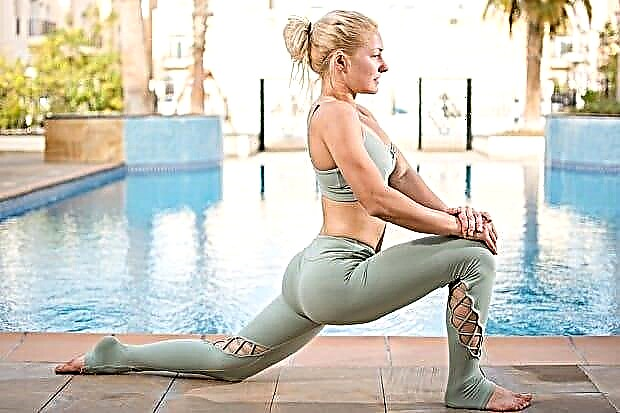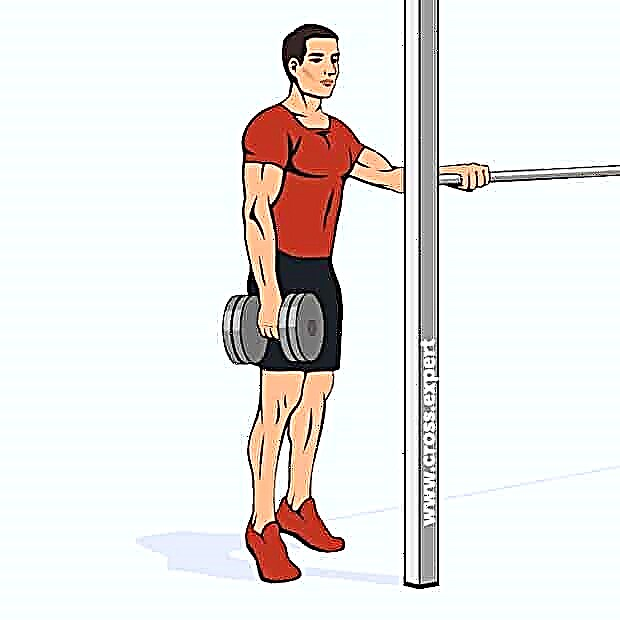Every pool visitor should know how to properly wear a swimming cap. In this case, it will not interfere, it will fully justify its functions, and even provide you with a slight advantage in swimming speed.
First, let's find out why swimming pools require you to wear a swimming cap at all.
Why wear a hat?
The rule of putting on an accessory is due to two main reasons: observance of hygiene standards in the pool and personal comfort of the swimmer. If you can “score” on the latter, then if you ignore the first, you will simply not be allowed into the water.
- The product avoids getting the hair of visitors into the water. Over time, they will clog the cleaning filters and drain channels. As a result, they have to be repaired;
- Hair in the water and on the pool floor is not hygienic, so wearing a headgear in the pool is a must, such as showering before training. In our opinion, this is correct;
- This headpiece protects the hair from the effects of substances that purify the water in the pool;
- Parents should teach their child how to put on a swim cap correctly to keep water out of the ears. This can cause pain and even cause inflammation, for example, if the water is not too clean.
- Thanks to the cap, the hair is secured and secured. They do not interfere with swimming, do not fall on the face, do not climb to the sides.
- The accessory contributes to good thermoregulation of the head. It is through it that heat loss occurs when swimming in a cold pool. If an athlete is swimming in big water for long distances, it is important for him to keep his head warm. If you put on a hat, he will never freeze.
- Also, the hat has little effect on a swimmer's speed performance. It promotes better streamlining and reduces water resistance while driving forward. Of course, amateur swimmers will not notice much of an advantage, but professionals will give up the latter in those precious milliseconds.

Types of hats
Before explaining how to properly wear a rubber swimming cap, we will briefly tell you what they are. This will help you choose the right one.
- Tissue. They are water permeable, do not protect the ears, and stretch quickly. But they do not press, they are cheap and they are easy to wear. For water aerobics - just that, but no more;
- Latex. Cheap rubber accessories that stick strongly to hair, crush, tear when pulled too hard, and can cause allergies. But the cheapest;
- Silicone. Ideal for professional swimmers. They give a speed advantage, sit securely on the head, stretch well, protect hair and ears from getting wet, with an average price tag. However, they put pressure on the head, pull the hair. Teaching a child to properly wear such a swimming cap is difficult. But not impossible. If a swimmer is in the mood for professional sports, let him immediately get used to working seriously.
- Combined. It is ideal for recreational swimmers. The hat is silicone on the outside and textile on the inside. It reliably protects from water, does not press, it is comfortable to swim in it. However, it does not give the proper speed advantage. By the way, the cost of such a hat is the highest.

Hats are not subdivided into adults and children. They are large and small, that's the whole size line. Some manufacturers also produce a medium version. At the same time, an adult may well wear a baby hat, and vice versa. Also, some manufacturers have developed special fashion accessories for the owners of a long shock. Such a cap has a slightly increased shape of the back. Professional sports do not welcome this innovation.
How to dress correctly?
Let's find out how to properly put on a swimming cap for children and adults, here are clear step-by-step instructions. To begin with, let's voice the general rules:
- Do not fasten hair under the hat with sharp hairpins and invisible hairpins, it may break;
- Before putting on a hat, remove earrings, rings, bracelets;
- Stretch the accessory with care if you have long nails;
- It is advisable to wear a hat on the hair, fixed with a thick elastic band.

Method number 1
Now let's look at how to properly dress an adult swim hat:
- Take the accessory with the crown down and turn the sides outward by 5 cm;
- Insert your fingers into the resulting grooves and stretch the product;
- Turn the hat over with the hole down and raise your arms above your head;
- Now you can put on a hat, pulling it from the forehead to the back of the head;
- Tuck loose strands of hair inside;
- Pull the hat over your ears;
- Straighten wrinkles, make sure the product fits snugly.
Many people are interested in how to wear a swimming cap correctly, and this question does not have a regulated answer. The accessory has no front or back, so swimmers are guided by the center seam. Correctly wear the hat so that the seam is located strictly in the center of the head from the forehead to the back of the head, or across, from ear to ear.
To remove the product, gently turn the edge away from the forehead and remove with a rolling motion.
Method number 2
To help your child put on a swimming cap quickly and correctly, show him a universal way:
- Insert both hands inside the accessory, palms facing each other;
- Stretch the walls;
- Gently pull the hat over your head from the forehead to the back of the head;
- Further, everything is similar to the previous instructions.
Method number 3. Long hair
We will also tell you how to properly put on a swimming hat on long hair:
- Pre-assemble the shock into a bunch;
- Take the product as described in the previous section;
- Gently pull the hat, starting from the back of the head, tucking the bundle inward and then onto the forehead;
- Tuck in loose hair, pull the edges, remove wrinkles.
How should a swim cap fit
You need to know how a swim cap should sit before you can finally understand how to wear it correctly.
- The headgear should fit tightly, but without pronounced discomfort;
- With its entire surface, it tightly fits the head, preventing the penetration of water into the interior;
- The edge of the cap runs along the center of the forehead and along the hairline at the back of the head;
- The ears should be completely covered. Ideally, the fabric should end 1 cm below the lobes.

The accessory requires minimal maintenance - rinse it with clean water and do not dry it on a hot battery. Now you know how to put on a silicone swim cap and teach your child how to do it easily. Practice at home in front of the mirror, and you can easily dress her correctly, literally, in two movements.









